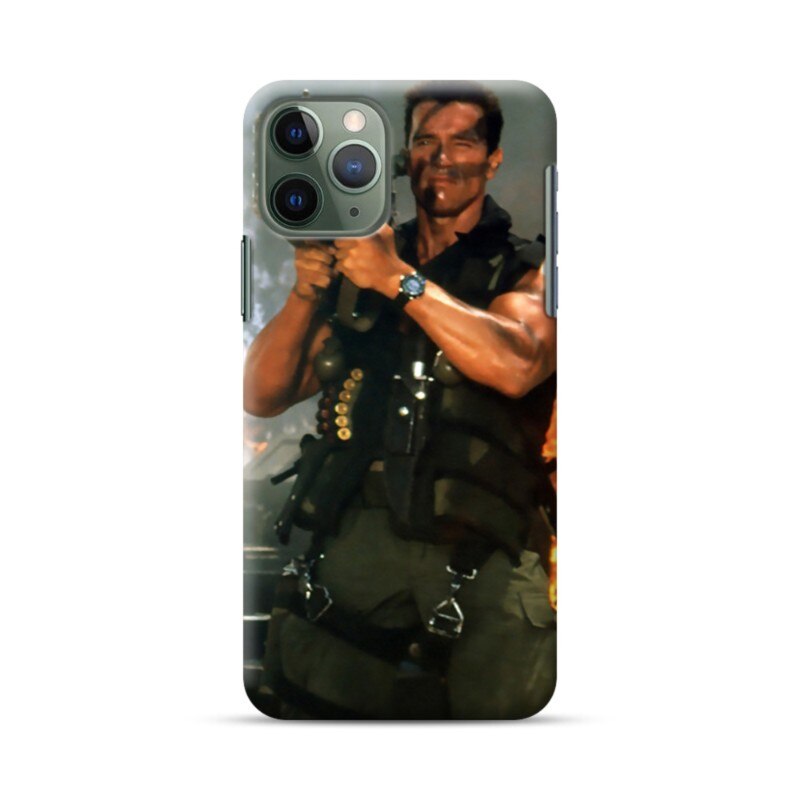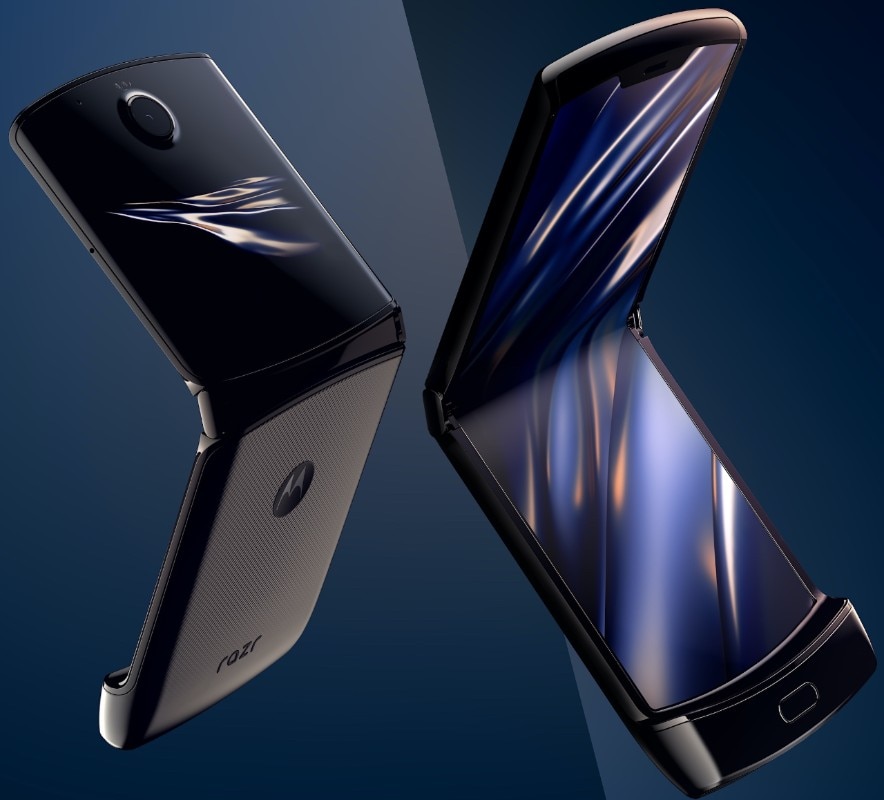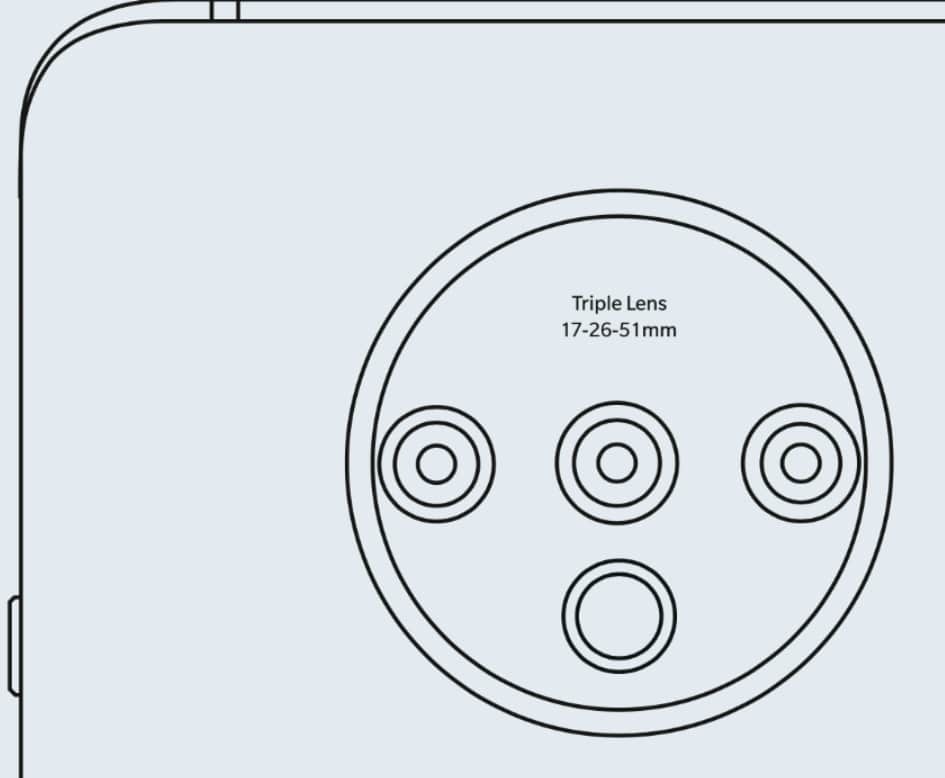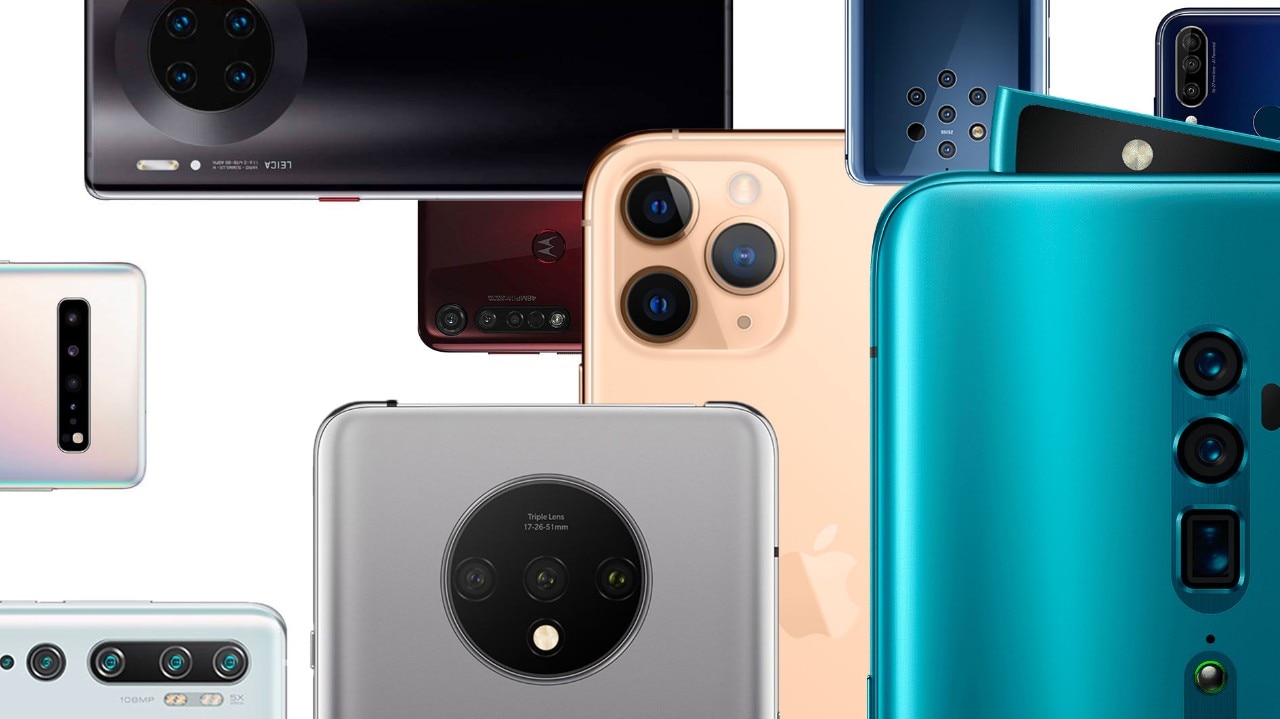The camera on the new iPhone is bad. “It's a fail”, “Steve Jobs would never have done it”, “of course Jony Ive leaves”, “Apple's design is no longer what it used to be”. This is a summary of judgments recorded after the appearance of the first leaks of the most anticipated phone of the year. And then there's an avalanche in which the three lenses of the iPhone 11 Pro become an induction cooker or Commando's missile launcher. And the new OnePlus 7T? Great phone, the criticism is unanimous, but that triple objective is how many shivers: when Pete Lau, deus ex machina of the Chinese company self-spoils the new model on Instagram, a flood of criticism follows. The camera system of the new Google Pixel is also ugly, isn't it? "We have the most beautiful camera," say the other phone brands. And Nokia shoots a smartphone on the market with 5 lenses, the PureView 9, which are arranged on the back with the harmony of the angels in a Renaissance painting, even if the results are not what you expected from such an overequipped device.

All this, of course, has nothing to do with the quality of photos these smartphones produce. It's marketing, but not only. Smartphones have become boring, with displays turned on it's hard to distinguish one from each other. This is caused by the aesthetic and functional convergence of operating systems, the disappearance of the Home button from the iPhone, the increasingly minimal notches on all screens and the leveling that brings the mid-range devices closer to flagships. The couloured liveries with which companies personalize devices' shells are quite always lost inside more colourful cases. And it is precisely the customization of the individual user - all phones are the same, no phone is the same as another - that makes it more difficult for the various design departments to differentiate the product-smartphone.

We can enumerate a list tending to infinity of seats one different from the other, or seats that do not even seem like such. With smartphones it seems impossible. What remains to make a phone special or simply different? Simple: the camera. Because the three lenses of the new iPhone will also look like an induction stove, or Commando's cannon. But it is the element that makes it recognizable and somehow unique, miniaturized in digital advertising campaigns and reproduced in gigantic format on the walls of major cities on the planet. The design of the camera compartment has become the signature of smartphones, their business card. With an unexpected turn, perhaps, the back part, the one you should look at less, at last is the real protagonist in the most symbolic object of our years.

Boring, repetitive, all the same. The innovative drive in smartphones a decade after the launch of the original iPhone can be considered to be at an all-time low. The convergence between models and functions is almost disconcerting, and on the shelves - digital or real - there are endless variations of the same parallelepiped matrix. Of course, there is the Galaxy Note with its multifunction nib or the cover that doubles the screen of the LG G8X Dual Screen. And then there's the software that still makes the difference: Apple in its beautiful bubble, the portentous zoom of the Huawei P30 Pro, perhaps a little less than that proposed by its rival Oppo. Waiting for others to do the same. The only different design, the folding design of the Samsung Galaxy Fold or the recently resurrected Motorola Razr, is all to be tried and evaluated in its functions and usefulness: we can not know if the new dominant form factor will be folding or if the various foldables will end up playing in a minor alloy like the smartwatch.

What will remain of these dark blocks, of these monoliths that do not stand alone, when their batteries will be dead and their bodies placed in drawers and your son's son will try to figure out what his grandparents did with them? The strange configurations of their cameras. That makes them different from each other, a little less perfect and above all boring than they seem. Triangle, row, off-centre, horizontal or vertical. Arrange in the perimeter of a square or a circle. And then add the focus sensors, flash and soon the ToF camera for augmented reality. Photographic systems are, at least for now, the last barrier against smartphone boredom.












